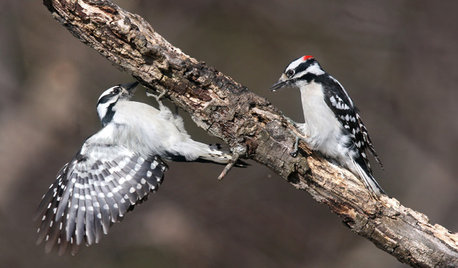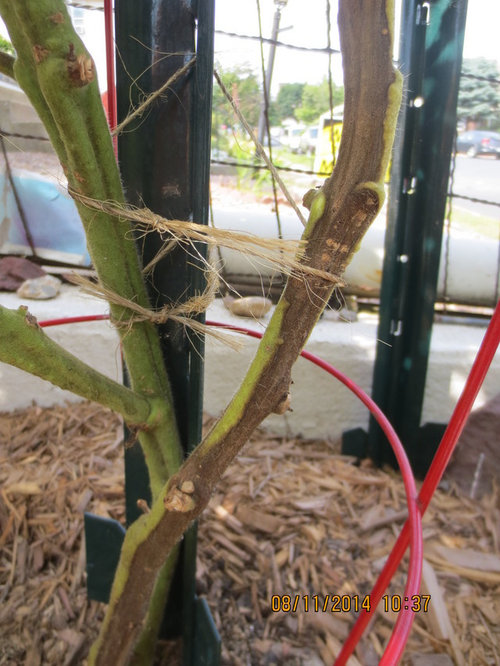Can anyone identify this?
joeorganictomatoes
9 years ago
Related Stories

GARDENING FOR BIRDSBackyard Birds: How to Identify Two Common Woodpeckers
Downy and hairy woodpeckers have similar coloration and behavior. But there are two big differences that separate them
Full Story
DECORATING GUIDES7 Bedroom Styling Tricks Anyone Can Do
Short on time or money? You can spruce up your bedroom quickly and easily with these tips
Full Story
COMMUNITYCommunity Building Just About Anyone Can Do
Strengthen neighborhoods and pride of place by setting up more public spaces — even small, temporary ones can make a big difference
Full Story
KITCHEN DESIGN6 Clever Kitchen Storage Ideas Anyone Can Use
No pantry, small kitchen, cabinet shortage ... whatever your storage or organizing dilemma, one of these ideas can help
Full Story
KITCHEN DESIGNThe Cure for Houzz Envy: Kitchen Touches Anyone Can Do
Take your kitchen up a notch even if it will never reach top-of-the-line, with these cheap and easy decorating ideas
Full Story
MUDROOMSThe Cure for Houzz Envy: Mudroom Touches Anyone Can Do
Make a utilitarian mudroom snazzier and better organized with these cheap and easy ideas
Full Story
HOME OFFICESThe Cure for Houzz Envy: Home Office Touches Anyone Can Do
Borrow these modest design moves to make your workspace more inviting, organized and personal
Full Story
BUDGET DECORATINGThe Cure for Houzz Envy: Entryway Touches Anyone Can Do
Make a smashing first impression with just one or two affordable design moves
Full Story
DECORATING GUIDESThe Cure for Houzz Envy: Guest Room Touches Anyone Can Do
Make overnight guests feel comfy and cozy with small, inexpensive niceties
Full Story
LAUNDRY ROOMSThe Cure for Houzz Envy: Laundry Room Touches Anyone Can Do
Make fluffing and folding more enjoyable by borrowing these ideas from beautifully designed laundry rooms
Full Story






digdirt2
joeorganictomatoesOriginal Author
Related Professionals
Ilchester Landscape Architects & Landscape Designers · Marco Island Landscape Architects & Landscape Designers · Forest City Landscape Architects & Landscape Designers · Gainesville Landscape Contractors · Kahului Landscape Contractors · Live Oak Landscape Contractors · New Brighton Landscape Contractors · The Crossings General Contractors · Cottage Grove General Contractors · Pocatello General Contractors · Seguin General Contractors · Baltimore Decks, Patios & Outdoor Enclosures · Garden City Decks, Patios & Outdoor Enclosures · Kearns Decks, Patios & Outdoor Enclosures · Port Saint Lucie Decks, Patios & Outdoor Enclosuresseysonn
joeorganictomatoesOriginal Author
PupillaCharites
donna_in_sask
digdirt2
sharonrossy
joeorganictomatoesOriginal Author
digdirt2
joeorganictomatoesOriginal Author